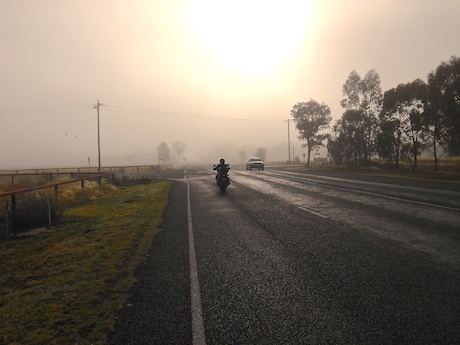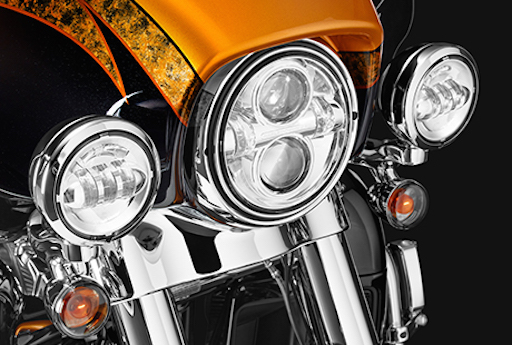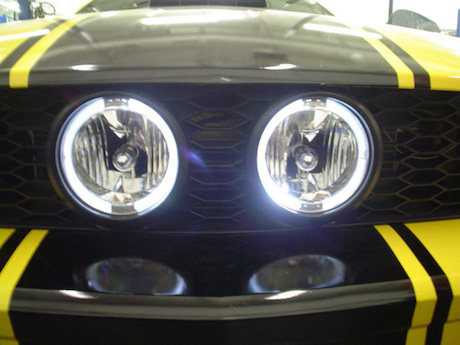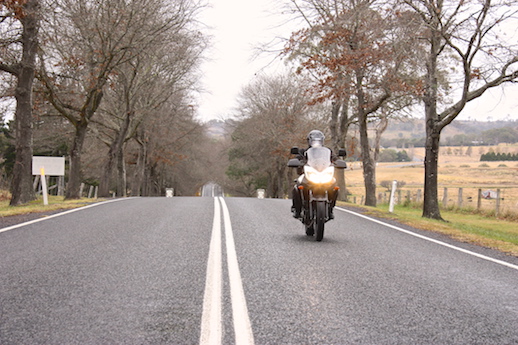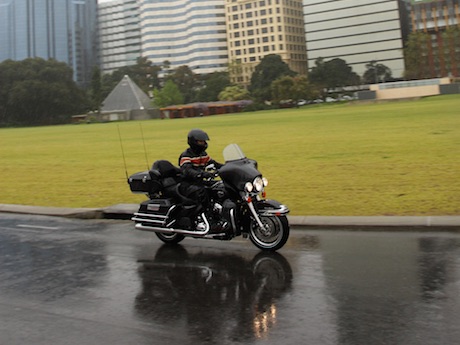The rampant use of fog lights on cars causes riders dangerous glare, yet police seem more interested in speeding infringements than patrolling for illegal use of fog lights, says Australian Motorcycle Council spokesman Guy Stanford.
He says he witnesses a lot of cars driving home in western Sydney with their fog lights on, yet the highway patrol officers ignore them and are more interested in catching speeders.
“The message delivered to road users is that allowing glare is acceptable as long as the vehicle is below the speed limit,” he wrote in his submission to the Senate Select Committee Inquiry into Road Safety.
Fog lights are standard on many modern vehicles and can be fitted to the front and rear of any vehicles, including motorcycles.
However, they can only be used when there’s low visibility caused by fog or other hazardous weather conditions. Misuse of fog lights can cost a motorist a hefty fine and loss of points.
Guy says the fog lamp issue is prevalent where he lives on the western edge of the Blue Mountains with plenty of twisty, rural roads and large elevation changes.
“Having a car on low beam HIDs come over a crest with a curve can be blinding and leaves you struggling to pick up the corner entry which is somewhere to the right behind the lights,” he says.
“On a narrow rural road this can be difficult. The saving grace is that as you approach the car, the glare disappears, due to the accurate cut-off of a low beam.
“This is not the case with foglamps, particularly those that have become misaligned – it gets worse as you get closer.”
He says riders sit fairly high and may not cop a lot of glare, but he has experienced car drivers in the line of sight of the fog lamp suddenly and alarmingly slam on their brakes in front of him.
“The worst (glare) conditions on the bike are when there are squalls of very fine rain, it’s not fog and it’s not mist,” he says.
“There’s not enough water to wash the visor, so any glare becomes blinding as it reflects off the tiny droplets. If you’re returning from a weekend away and have any dust on the visor and get a short dose of fine rain (as is very common at these elevations), the glare from fog lamps is enough to force you to open the visor.
“You are blinded and cannot see the corner entry.
“Your single-vehicle crash will be recorded as ‘speeding’, creating self-serving statistics for ramping up speed enforcement.”
Guy says about a quarter of rural road crashes occur between 6pm and 6am, with the higher proportion on the weekend.
“These tend to be severe. A big chunk of them are single vehicle crashes,” he says.
“The glare vehicle passes by and has no idea the oncoming vehicle just left the road to crash as they couldn’t see the corner entry.”
Guy says every lit fog lamp is an indicator that road authorities would rather target low-level speeding to harvest the revenue.
“Either the Road Rule is pointless and should be removed from the list, or enforced on the basis of evidentiary problems of crashes caused by glare,” he says.
“Except that those crashes were probably coded as ‘speeding’, so they conclude the glare problem doesn’t exist – in which case we have to ask why is the fog lamp Road Rule there at all?
“It might just be telling us that the person driving with their fog lamps on is selfish.”


